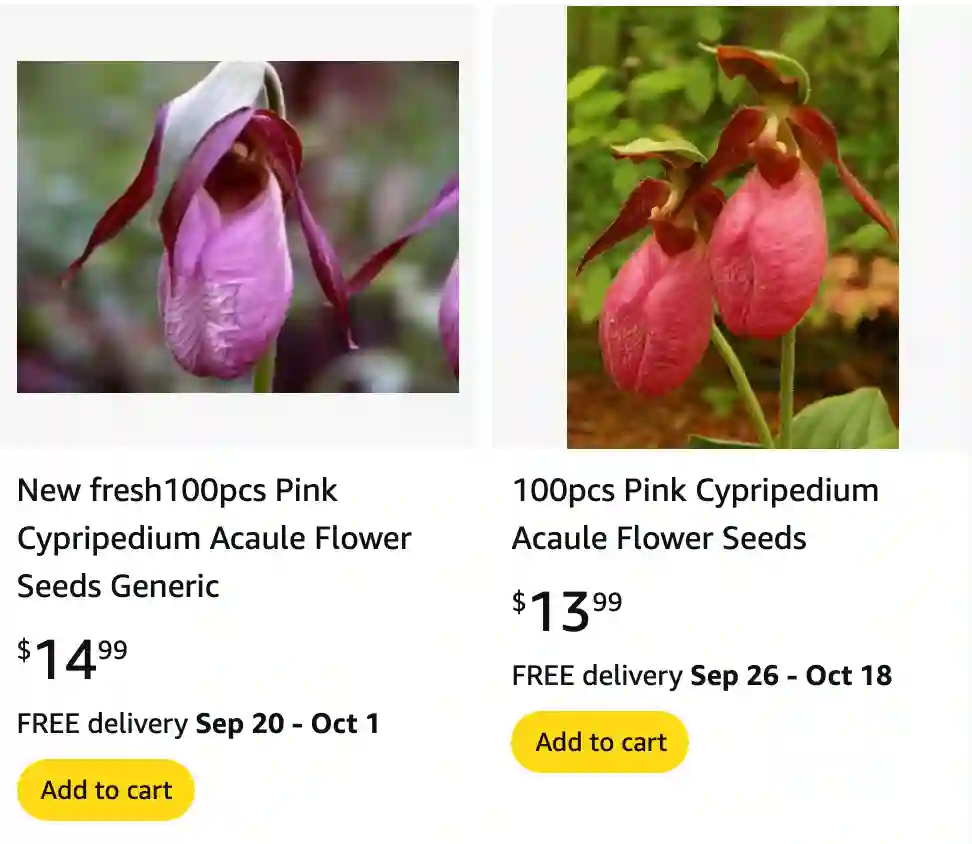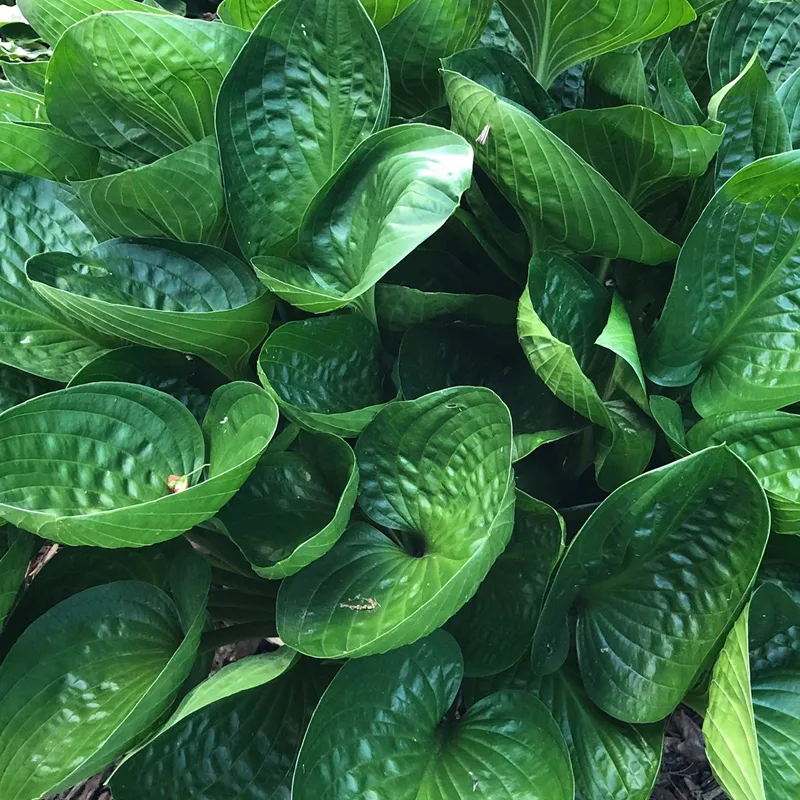
FAQs About Cypripedium Acaule
As an avid gardener, I’ve found Cypripedium Acaule to be a fascinating and rewarding plant to grow. In this article, I’ll answer some of the most frequently asked questions about this unique orchid species, focusing on its care, growth, and suitability for different environments.
62 Species in Genus Cypripedium
What Is Cypripedium Acaule?
Cypripedium Acaule, commonly referred to as the Pink Lady’s Slipper Orchid, is a terrestrial orchid native to North America. It’s renowned for its striking, slipper-shaped flowers that are typically pink with a white or yellowish lip. These orchids thrive in woodland habitats, making them a great choice for shaded garden spots.
How to Grow Cypripedium Acaule?
Growing Cypripedium Acaule can be a bit challenging but is highly rewarding. Here are some key points to consider:
- Soil Requirements: This orchid prefers well-drained, acidic soil rich in organic matter. A mix of peat moss, pine bark, and sand usually works well.
- Light Conditions: Cypripedium Acaule thrives in partial to full shade. Avoid direct sunlight, as it can scorch the leaves.
- Watering: Keep the soil consistently moist but not waterlogged. Overwatering can lead to root rot.
- Temperature: This plant prefers cool temperatures, typically between 50-70°F (10-21°C). It can tolerate frost but not extreme heat.
Will Cypripedium Acaule Live in Florida?
Growing Cypripedium Acaule in Florida can be tricky due to the state’s hot and humid climate. This orchid prefers cooler temperatures and shaded environments that can be challenging to replicate in Florida’s subtropical conditions. However, if you can provide a cool, shaded spot and ensure excellent soil drainage, you might be able to cultivate this orchid successfully. Consider growing it in a controlled environment like a shaded greenhouse or a climate-controlled indoor space.
How to Care for Cypripedium Acaule?
Proper care is crucial for the health and longevity of Cypripedium Acaule:
- Fertilization: Feed the plant with a balanced, water-soluble orchid fertilizer diluted to half strength. Apply it during the growing season, usually from spring to early summer.
- Mulching: Use mulch to maintain soil moisture and provide a layer of protection against temperature fluctuations.
- Pruning: Remove spent flowers and dead foliage to encourage new growth and prevent disease.
How to Propagate Cypripedium Acaule?
Propagation of Cypripedium Acaule is typically done through division or tissue culture:
- Division: This method involves separating the plant into smaller sections, each with its own root system. It’s best done in early spring before new growth begins.
- Tissue Culture: For more advanced propagation, tissue culture techniques can be used to grow new plants from cell cultures. This method requires specialized equipment and knowledge.
What to Plant With Cypripedium Acaule?
Companion plants for Cypripedium Acaule should share similar growing conditions. Consider planting it with other woodland species such as:
- Ferns: They provide a natural, shaded environment that complements the orchid’s needs.
- Hostas: Their foliage can create a lush, supportive backdrop.
- Heuchera: Known for its colorful foliage, it can add visual interest to the orchid’s growing area.
Can You Grow Cypripedium Acaule Indoors?
Yes, Cypripedium Acaule can be grown indoors, particularly in cooler climates or with the help of climate control systems. Indoor cultivation allows you to manage temperature, light, and humidity more effectively. Use a well-ventilated space with controlled light conditions to mimic its natural woodland habitat.
Is Cypripedium Acaule Toxic?
Cypripedium Acaule is not considered toxic to humans or pets. However, it’s always a good idea to keep plants out of reach of pets to avoid any potential ingestion issues.
Benefits of Growing Cypripedium Acaule
Growing Cypripedium Acaule offers several benefits:
- Aesthetic Appeal: The unique, slipper-shaped flowers add an exotic touch to any garden.
- Educational Value: Caring for this orchid can deepen your understanding of orchid biology and horticulture.
- Conservation: By growing Cypripedium Acaule, you contribute to the preservation of native plant species.
Common Problems with Cypripedium Acaule
Here are some common issues you might encounter:
- Root Rot: Overwatering or poor soil drainage can lead to root rot. Ensure the soil is well-draining and avoid waterlogging.
- Pest Infestations: Watch for pests like aphids or spider mites. Regular inspection and appropriate treatments can help manage infestations.
- Disease: Fungal and bacterial diseases can affect the plant. Maintain good air circulation and avoid overhead watering to reduce disease risk.
How Does Cypripedium Acaule Compare with Other Orchids?
Compared to other orchids, Cypripedium Acaule is unique due to its terrestrial growth habit and preference for cooler, shaded environments. Unlike epiphytic orchids, which grow on trees, Cypripedium Acaule grows in the ground. This makes it less suitable for typical orchid care setups but ideal for specialized garden environments.
In conclusion, Cypripedium Acaule is a beautiful and intriguing plant that requires careful attention to thrive. Whether you’re growing it in a cooler climate or attempting to cultivate it in Florida, understanding its needs and challenges will help you enjoy its stunning blooms for years to come.
If i die, water my plants!



